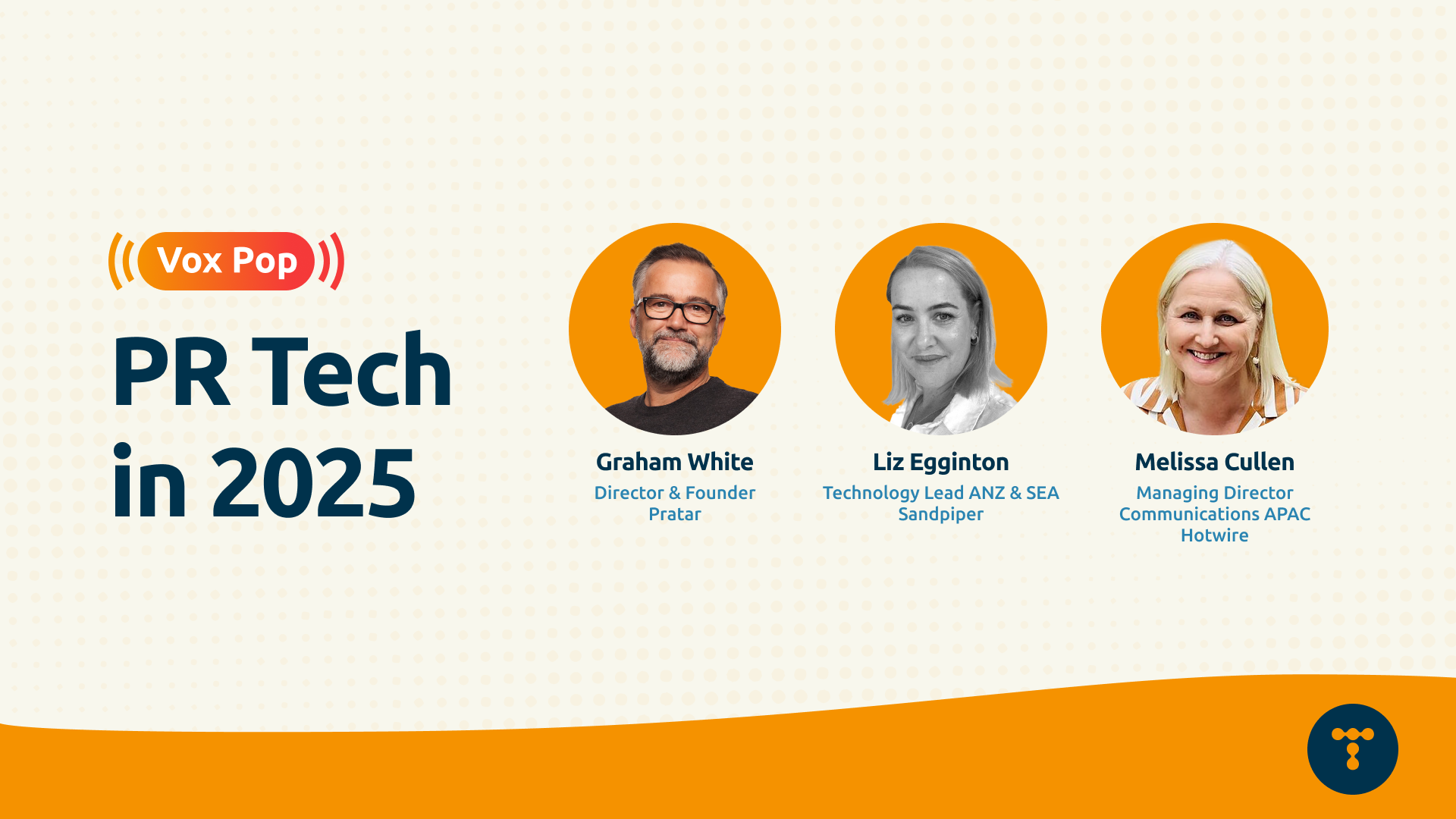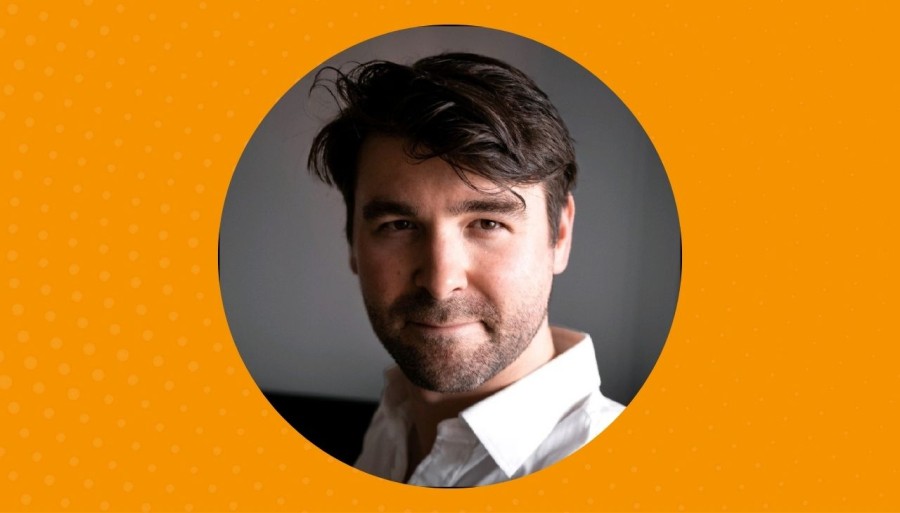Will AI remain the focal point of these conversations as we enter 2025, or will new trends take centre stage?
We spoke with three tech PR practitioners to uncover what emerging technologies await the industry in the year ahead.
What new / emerging tech do you have your eye on, or plan to embrace in 2025?
Liz Egginton, Director - Technology Lead ANZ & SEA, Sandpiper
2024 has been a learning journey for me to fine-tune my prompting skills to unlock more accurate and detailed responses from various gen-AI tools. It's a mindset and a system of thinking of inputs and outputs that I need to continue to practice.
I do, however, agree with the adage that 'AI is good at bad writing'. But in spite of this, it will have a growing role in content creation flow.
For example, when I'm uninspired or have 'writers block', AI prompt generators like PromptHero, are increasingly helpful tools to extract better outputs from text, and image generators like Midjourney and Jasper.ai, sparking new ideas and boosting critical thinking. Ultimately, every communications professional will need to master the art (and science) of prompting, and I'm curious to see what 2025 brings to the table for prompt engineering.
Graham White, Director & Founder, Pratar
2024 was a year of experimentation with generative AI in PR, as we explored its applications within communications and assessed its limitations. Looking to 2025, several technologies stand out for their potential impact on our role and the industry more broadly.
I firmly believe we all have an opportunity to reinvent communications around AI to both remain competitive and relevant. As other lines of business like HR, legal and finance continue to embrace AI, it's critically important the PR function does the same.
I welcome AI tools where they make sense, viewing them as an opportunity for greater human-AI collaboration. By offloading repetitive tasks to AI, we can focus on more strategic work. For instance, advancements like real-time sentiment analysis enable faster adjustments to strategies based on audience reactions.
Melissa Cullen, Managing Director - Communications APAC, Hotwire
There is no doubt that AI is shaping Australia's future and deserves a top spot on the national agenda. A recent Microsoft report showed the country's potential to thrive in the global AI economy, driven by generative AI, is estimated to be worth $18.8 billion by 2035.
In May, Hotwire launched GAIO.tech, our first AI tool, to find out what generative AI chatbots like ChatGPT and Google Gemini are saying about clients' brands and how these conversations shape their reputation.
What's your essential kit of PR / comms tools / tech and how do you utilise them day to day?
Liz Egginton
My mobile phone! But seriously, there are some tech tools which I've found to be incredibly valuable in various scenarios:
- Collaboration platforms like Slack and Microsoft Teams: I work remotely, so connecting back to the office quickly and seamlessly is essential. Connectivity issues do crop up, but love them or hate them, these tools do support collaboration for dispersed teams and inclusion for remote employees, and will continue to evolve as 5G networks roll out for more efficient and flexible teamwork.
- Sentiment analysis tools: Most of my career has been spent in crisis management. AI-powered social listening, customer feedback and brand insights tools help you stay on top of how your brand and products are perceived by customers, employees, media, and the general public. Having access to deeper insights into audience behaviour for real-time decision-making and messaging is essential.
- Cybersecurity software: Perhaps not an obvious communications tool but arguably one of the most important, considering the privileged access communications professionals have to company and client data. With Asia Pacific continuing to be a hot spot for cybercrime, communicators need to ensure they have the right security tools to protect their devices and data.
Graham White
Several tools have significantly boosted my efficiency, especially as an independent practitioner. Generative AI solutions like ChatGPT are invaluable for initial topic research, drafting ideas, and even reviewing copy. Jasper is another important tool I use for refining grammar, tone and structure, and even generating social media-optimised content.
While these tools are helpful for getting started, it's vital that final outputs always get human oversight and editing to ensure quality and alignment. As such, I like to refer to these AI tools as my great interns.
Another favourite is Otter.ai, which transcribes and summarises meetings, allowing me to be more present during discussions while saving time afterward. This year, I plan to explore Microsoft Co-Pilot for tasks like document analysis, brainstorming and message testing.
Melissa Cullen
Besides using tools like ChatGPT and Perplexity for inspiration, research, drafting copy and data analysis, we also use other PR-specific platforms to monitor media impact, track outreach, and evaluate campaign success daily. I have seen the impact this has had on my team as it has given them more time to think, strategise and create campaigns that connect on a deeper level.
What's most exciting is how we're looking at new and creative ways to help us build creative campaigns for our clients.
What's your main focus with AI this coming year?
Liz Egginton
AI integration has been a focus for Sandpiper in how we improve our operations and delivery, and also in actively managing rising risks associated with the technology. We were proud to be the first agency in our industry to launch a global research study on the projected impact of AI on communications, which has helped inform our strategy in this area. Following a period of hype, we are entering a time of reflection in 2025, where a more realistic understanding of what AI can and can't do (yet) is becoming more widely recognised.
Next year, there will continue to be an appetite for shared learnings from both successful and failed AI deployments. As such, a big focus for us will be working with our clients to help define their AI strategy and articulate the real impact of their AI deployments through corporate storytelling, strengthening their brand reputation and competitive positioning. Narratives dealing with AI+Quantum, Deepfakes, as well as the sustainability of new AI workloads will also be areas of focus in 2025.
Graham White
In 2025, I plan to continue integrating AI as a collaborative partner in my day-to-day workflows. Using tools like Microsoft Co-Pilot, I'm looking forward to streamlining content creation, brainstorming new ideas, and developing messaging frameworks, amongst other outputs. Meanwhile, real-time tracking tools will help monitor sentiment shifts and track campaign results in a way that’s agile and efficient. Both of these will ultimately allow me to focus more on strategic planning, storytelling, and fostering meaningful client and media relationships, while ensuring PR processes remain relevant in a competitive AI-driven landscape.
Overall, my approach will be to continue testing and learning, ensuring that the tools enhance my workday in a meaningful manner. By focusing on strategy and collaboration, I hope to harness AI to deliver greater value, all whilst remaining open-minded and adaptable to new developments that will inevitably occur in the year ahead.
Melissa Cullen
Hotwire has spent over 20 years immersed in the technology world - working with tech-focused clients and staying ahead by investing in our own tools and systems. We're passionate about building a tech-forward mindset across our team, using challenges, hackathons, and hands-on initiatives to make sure everyone feels confident and empowered to use AI in ways that truly enhance our work, all while keeping responsible governance in place.
It's about using technology to innovate, solve problems, and create better, more meaningful connections. Whether it's through developing our own AI solutions, supporting governance initiatives, partnering with top tech brands, or finding new ways to make our work more effective, we're committed to helping our clients succeed in this fast-changing world. The possibilities feel endless, and we’re ready to make the most of them.



